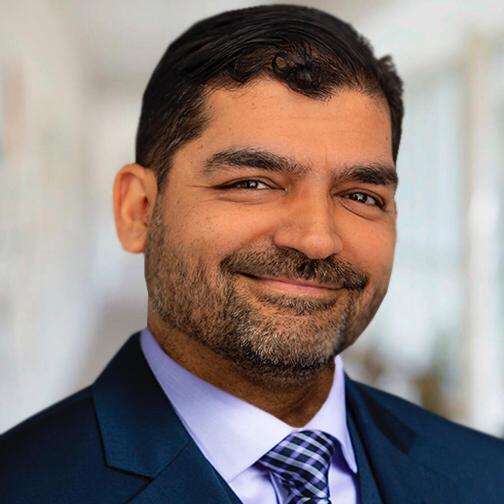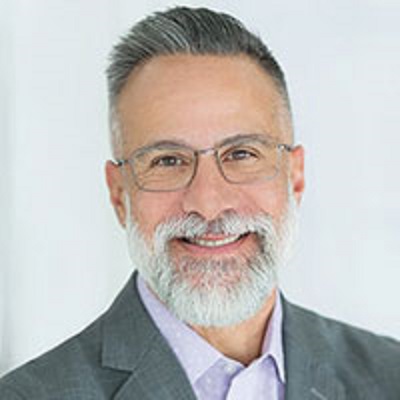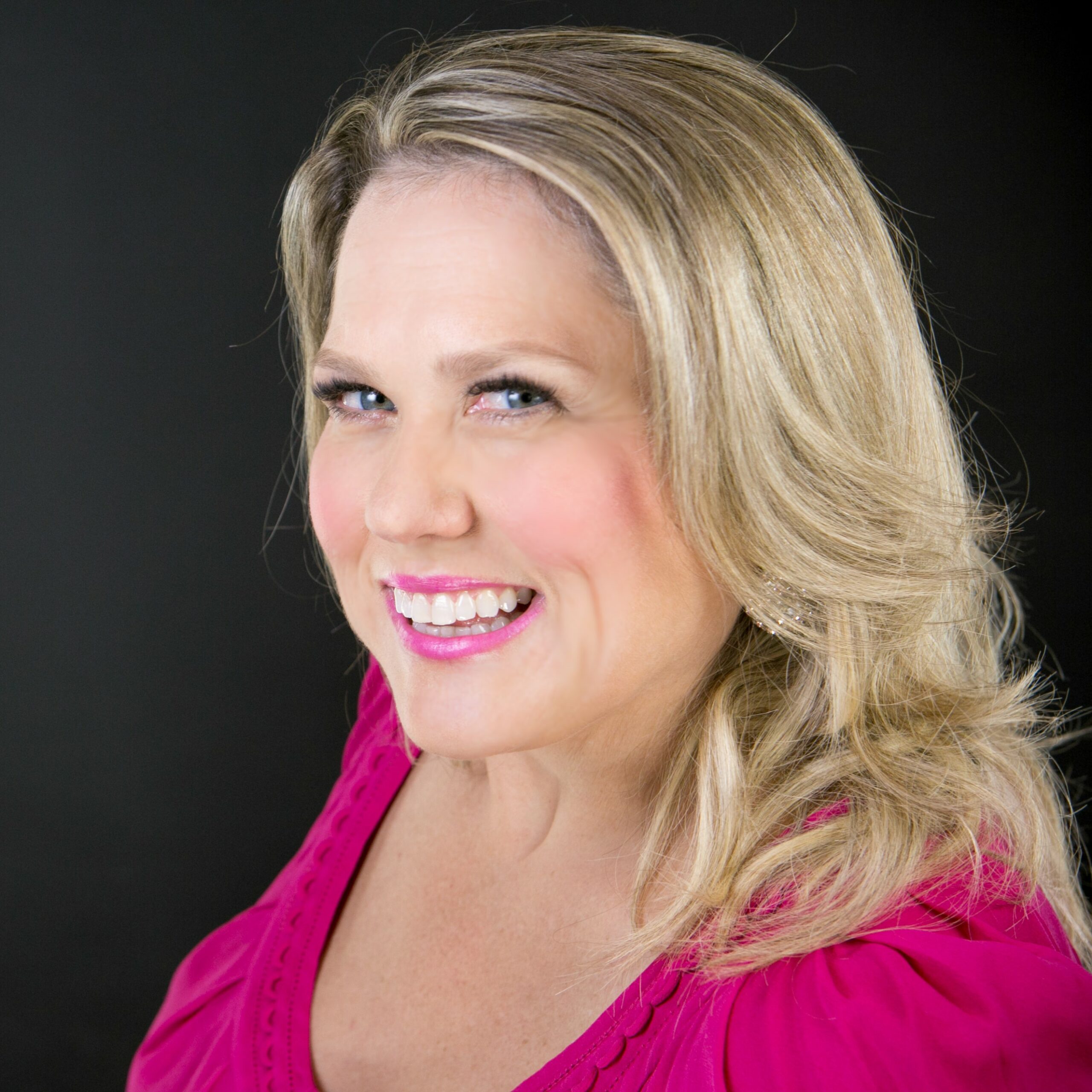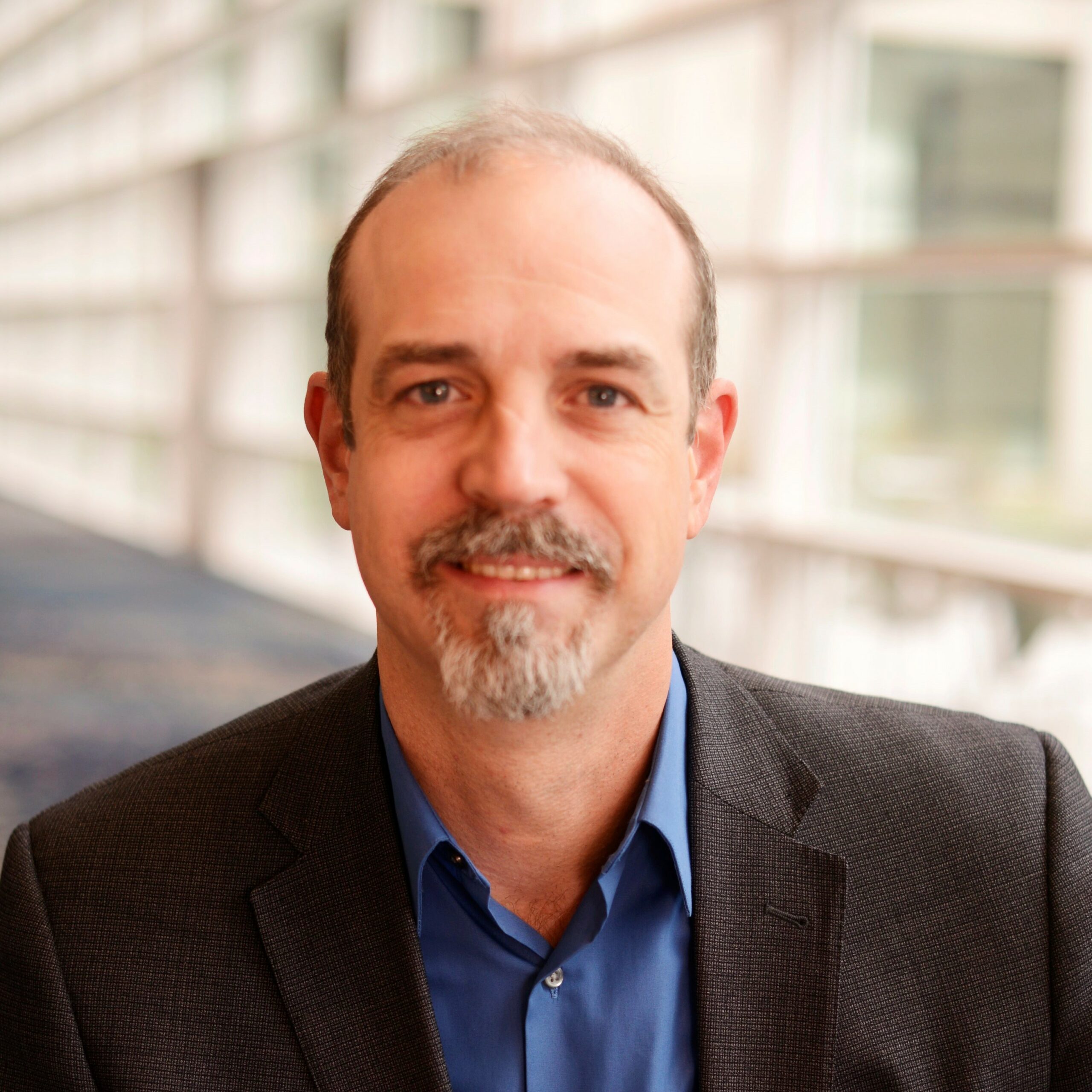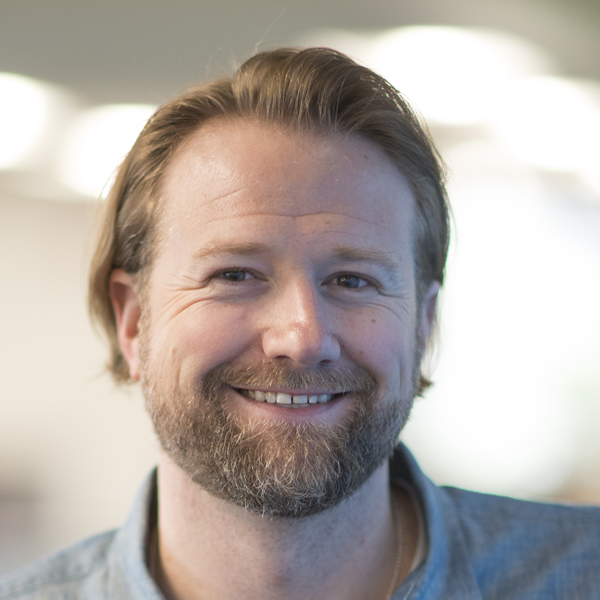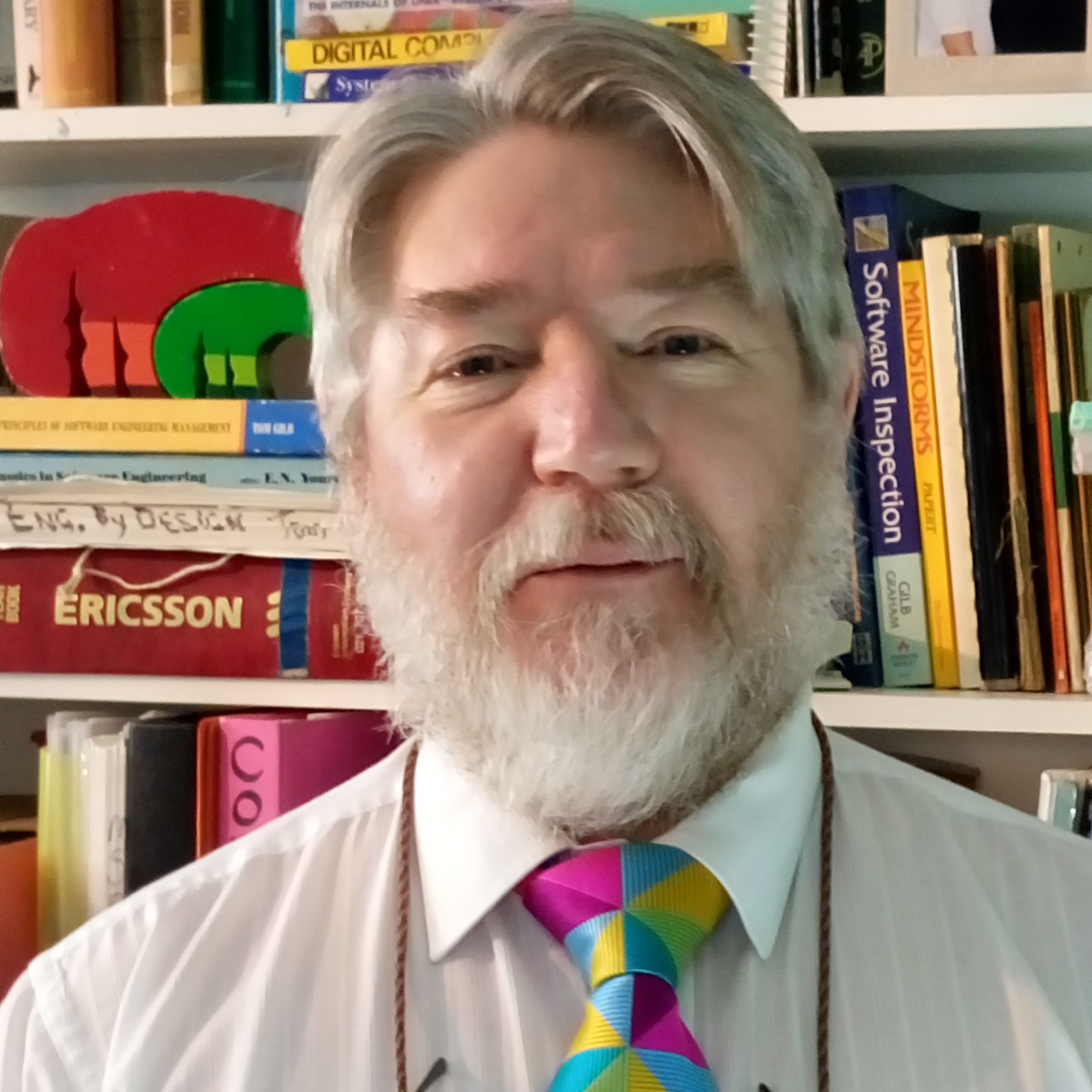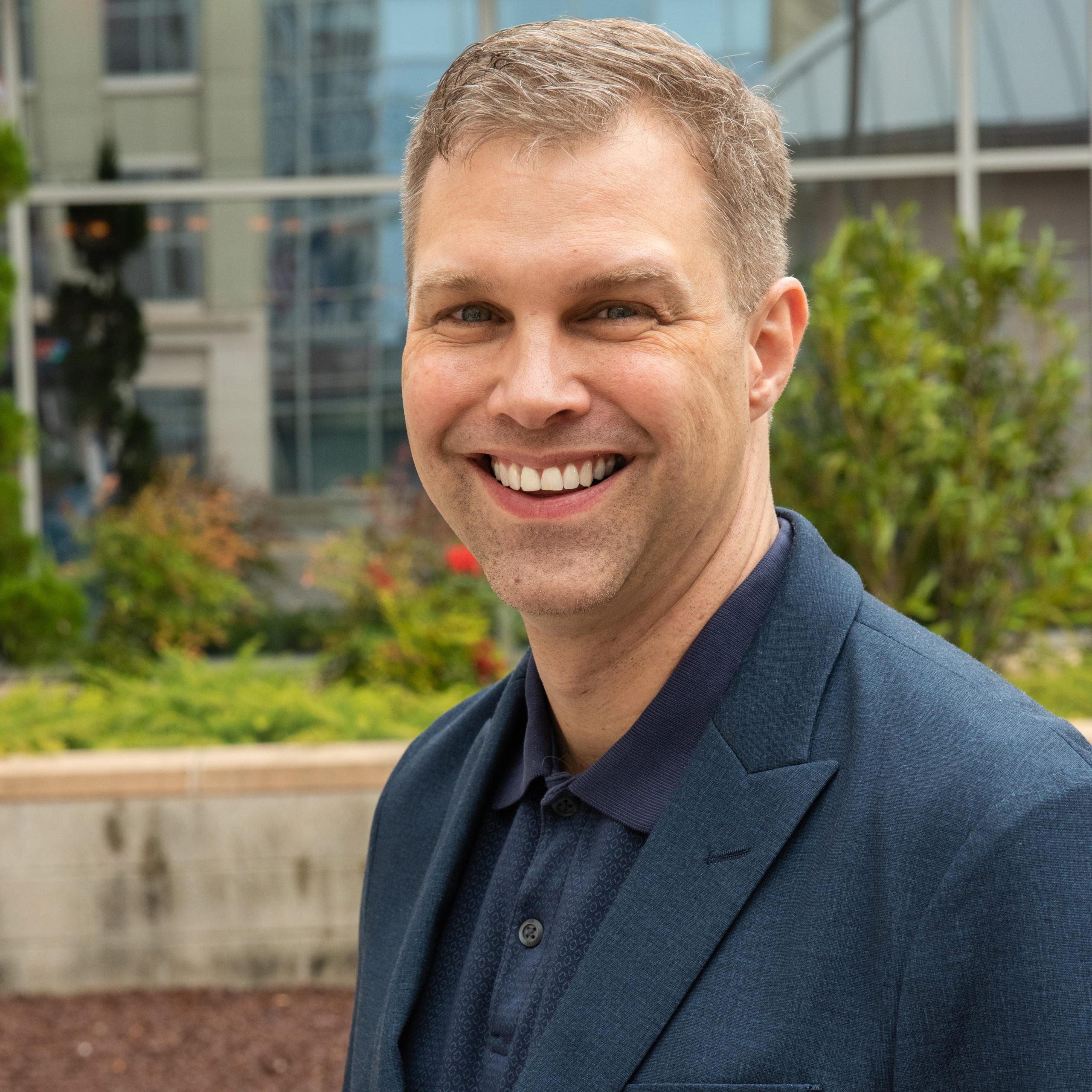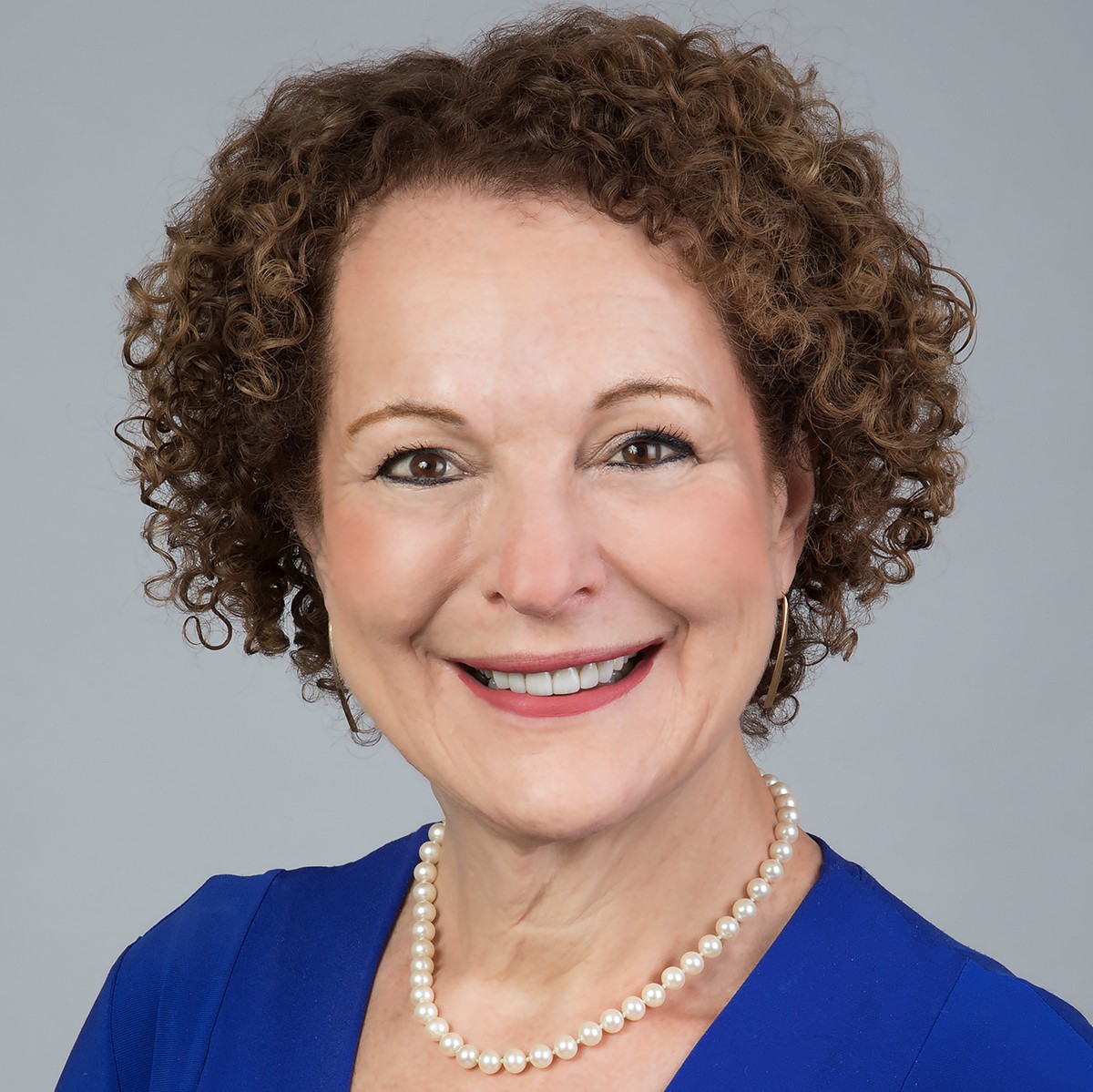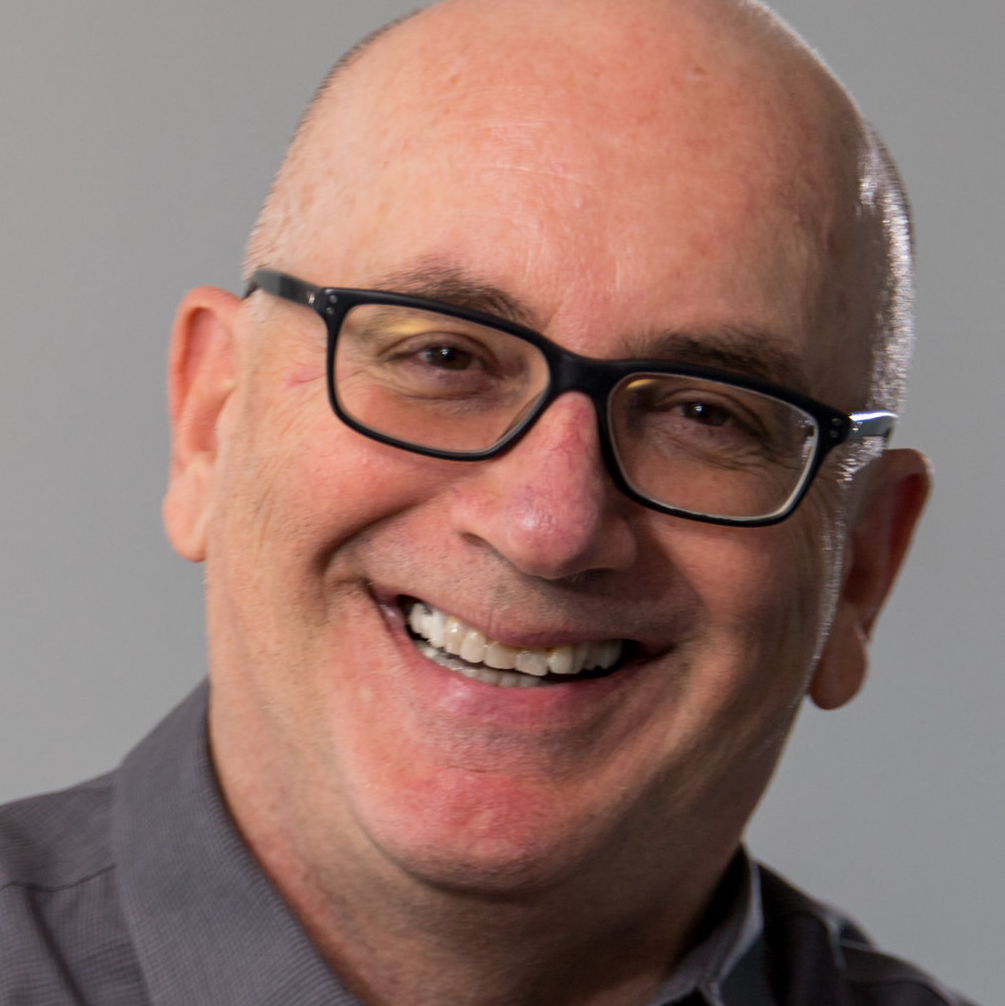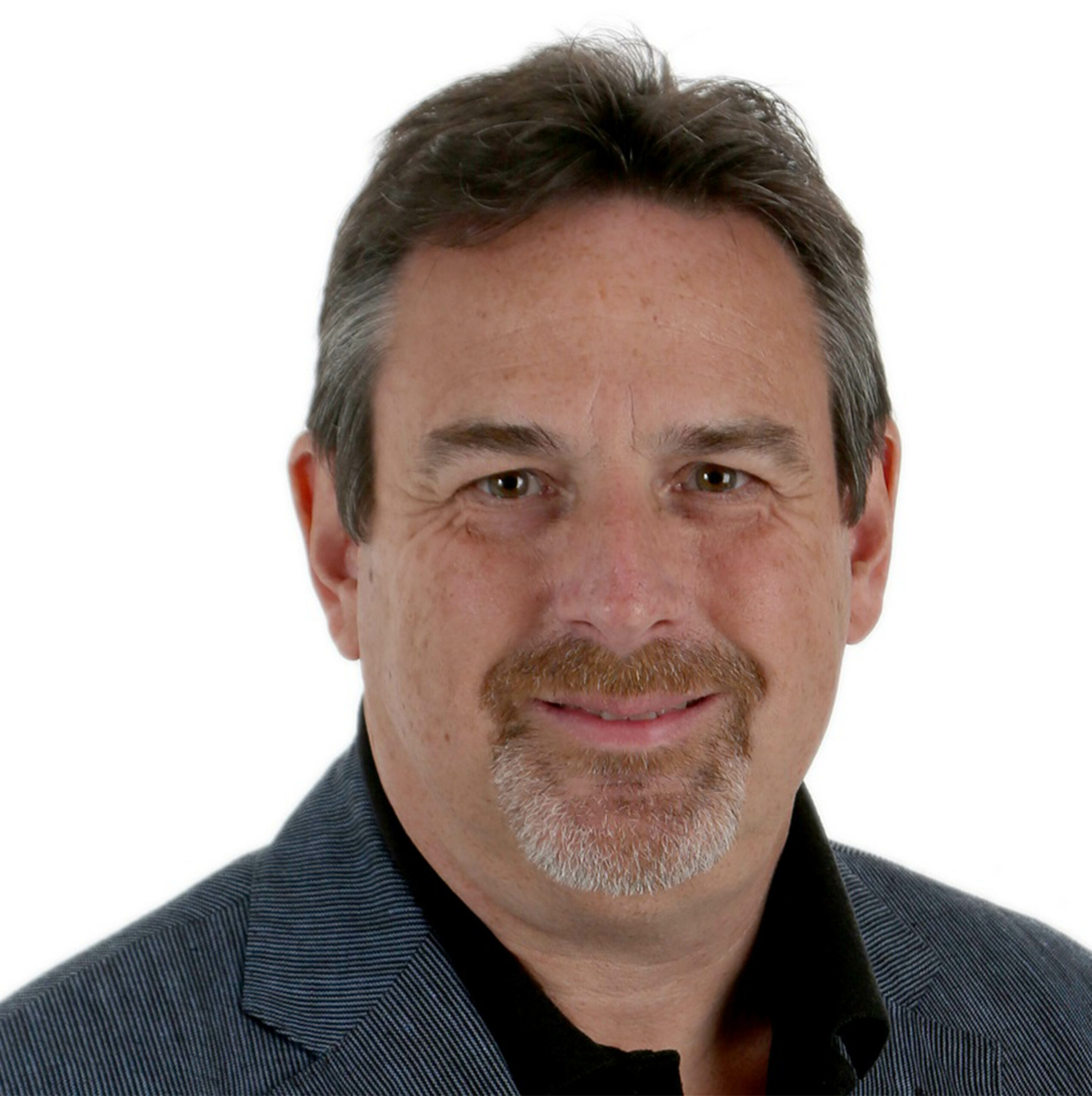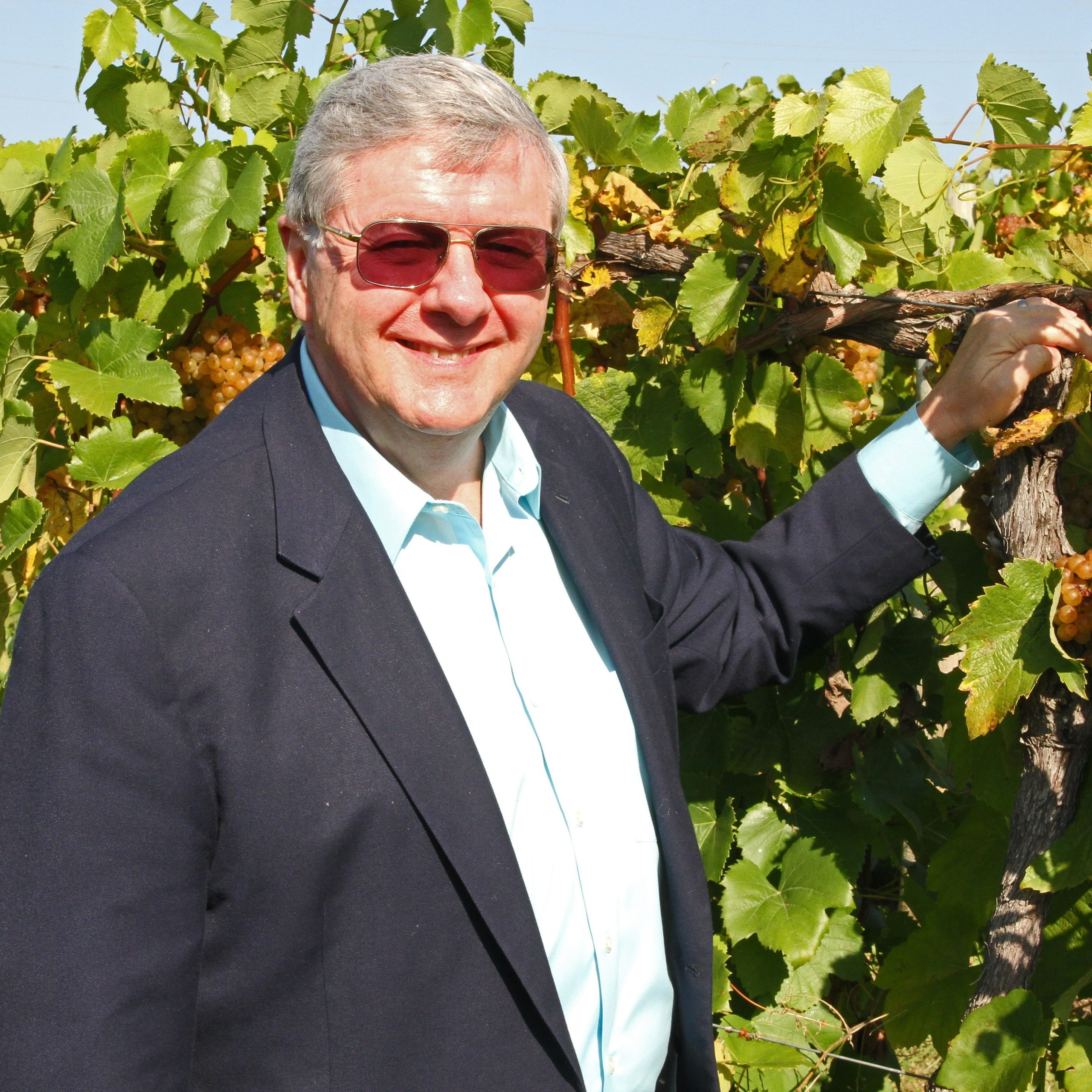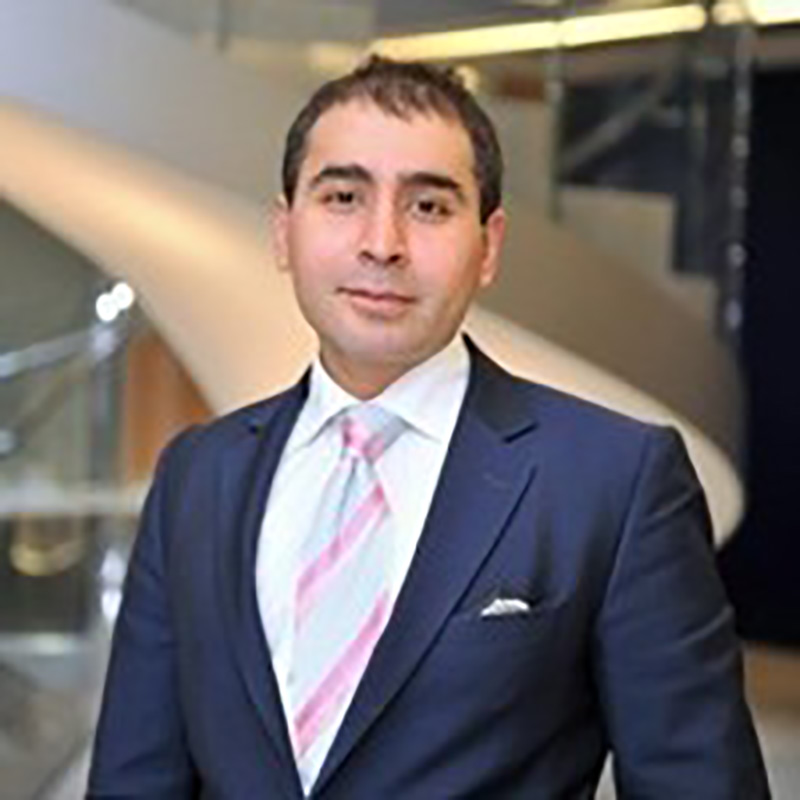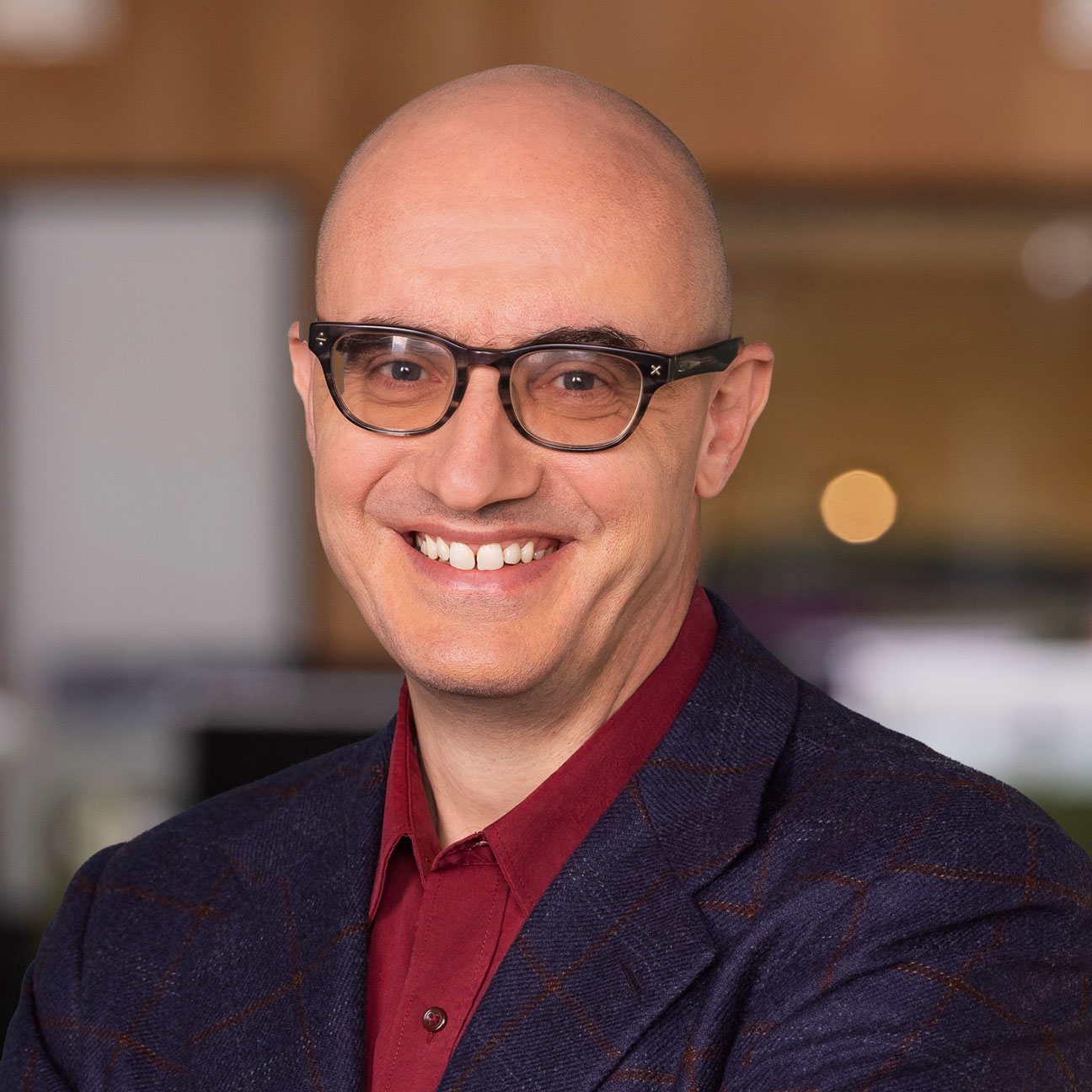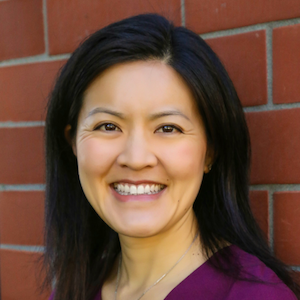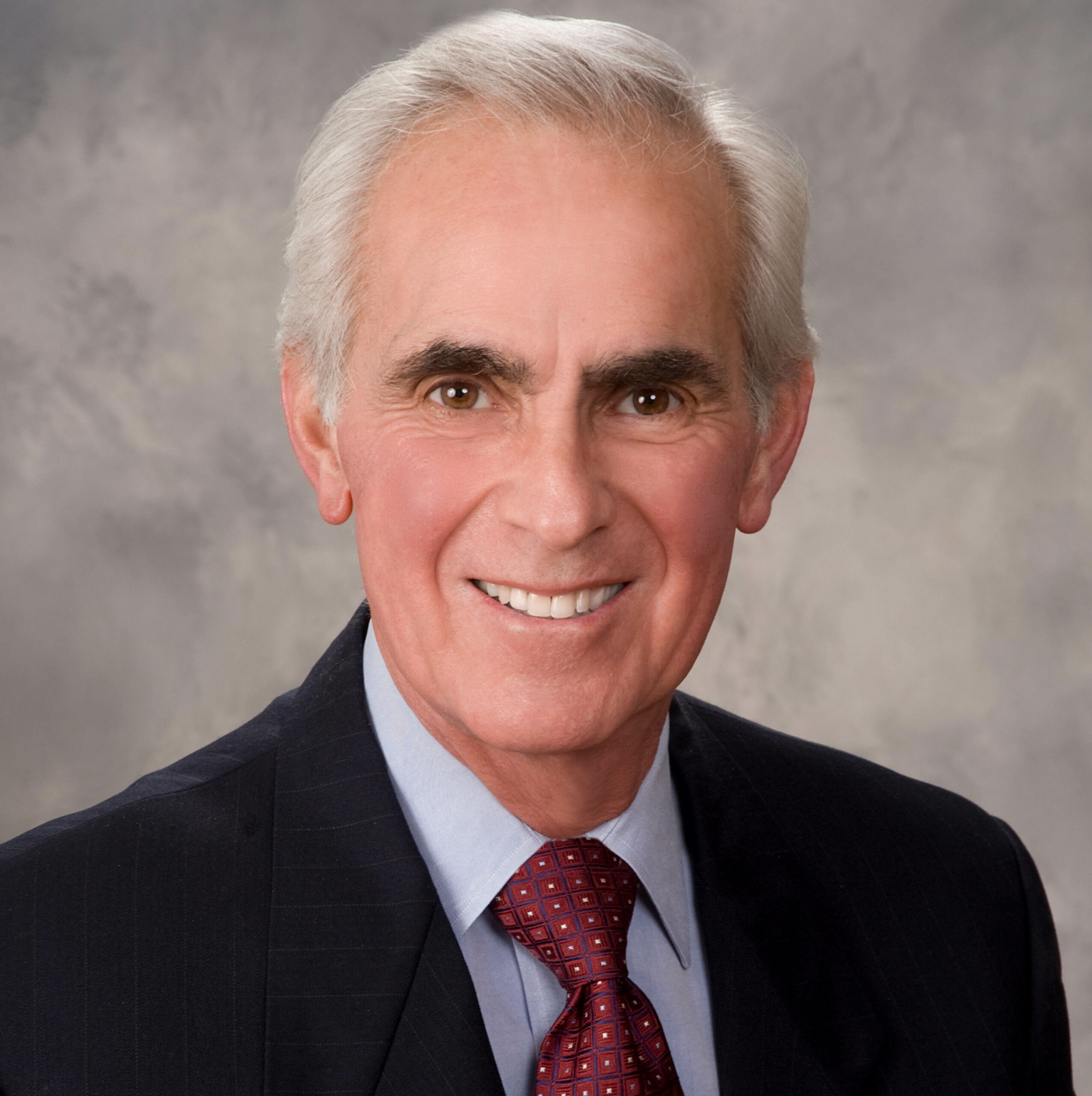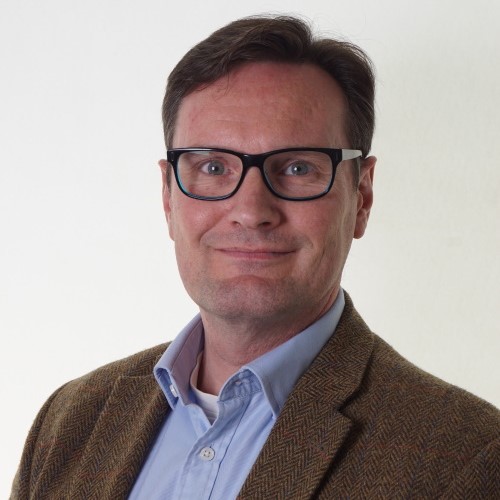
- PMO Case Studies
- Executive Perspective
- Agile
- Organizational Change Management
- Women in PMO
- Leadership
- Professional Skills
- Future Readiness
- PPM
- Strategy
After a 38 year career at the National Aeronautics and Space Administration (NASA), Roy shares his leadership lessons learned and the critical nature of effective risk management as we explore the universe.
Amy McKenna has built and run PMOs from contract start-up through IMPACT delivery in organizations of varying sizes. She’ll share her lessons learned that she had to apply when she transitioned from a large organization to a small business, how she motivated her team to develop a customer service mindset and what key leadership attributes Amy lives by.
Experiences and lessons learned in the various stages of PMO evolution, from creation to achieving stability to driving the acceleration of value. Carolyn will speak about ways to engage your stakeholders and proven techniques to energize teams.
Hear the story of how the Ella’s Kitchen PMO went from non-existence to PMO of the Year in just two years. This session shows how any organization can create its own unique PMO, regardless of PM maturity level. In fact, much of what this PMO has done is deliberately immature and that’s been fundamental to its success. Learn how their ‘pea-themed’ strategy caught the imagination of their colleagues and helped them build trusting, collaborative relationships with their project teams, and find out how you can take some of these tricks home to your own PMO.
Having a consistent and disciplined PMO infrastructure can make the difference between success and failure if it is deployed effectively. Identifying and developing project management methodology, best practices and standards for the PMO requires the appropriate level of guidance based on the specifics of the organization. Too much oversight or rigor can constrain progress and add non-valuable time and overhead to the effort. Conversely, not enough discipline can cause a lack of control and may defeat the purpose of having the PMO. Leading an enterprise-level PMO that aligns to the strategic vision is the key to deploying an effective program management infrastructure.
Ali Qureshi is no stranger to leveraging the power of project management to make an IMPACT for federal and state governments. Ali shares C-Suite perspective on how the right level of governance has helped his team deliver greater value and how he balances taking care of the team with looking toward the future.
André Kriger leads the IT organization from Telefonica Vivo, responsible for formulating their vision and execution of their respective strategies. Under his purview, IT is responsible for serving almost 100 million customers in Brazil. Within Vivo there are over 6500 personnel working at IT, both insourced and outsourced. André will share the CIO/customer perspective of the case study story that Michael Hannan discusses in the session called “Less is More.” Hint: The work André did to turn around the IT department for his organization landed him on the cover of CIO Magazine, Brazil as a first time CIO.
Joel Albizo shares how he’s used the power of project management to help him turn small organizations into incredible community IMPACT Drivers.
Michael has built multiple successful businesses leveraging the power of project management and worked with executives around the world as the sought better ways to drive higher ROI for their organizations. Michael shares this executive perspective during an interview with Laura and explains why he believes there’s so much more to project management than the title would suggest if you want to drive high-IMPACT in your organization.
You may have heard the phrase “culture eats strategy for breakfast,” but do you understand the long-term impact that company culture can have on organizational growth and revenue? The differences between intentional, effective company culture and accidental, ineffective company culture can make or break a team’s success, as Bharat Nain first learned when he led his high-school robotics team to a world championship victory against 3,000 other teams. As a lead software engineer, Bharat now works with diverse teams to take strategic plans and transform them into tactical implementation. In this interview with Laura, he shares real-world lessons and strategies for how to leverage company culture to improve the hiring process, how a strong company culture can help companies survive tough times, and how to create employees-as-raving-fans by implementing a strong culture.
To get the results you want for your projects, you need to get attention. But many leaders don’t know how to get it and keep it to grow their influence and impact at their PMO. People often see attention as a transaction, something to trade, but it’s much more than that. Neen has identified that we pay attention at three different levels; personal, professional, and global, and she’s designed a powerful methodology that makes it easy to leverage all three. Neen’s Intentional Attention model helps PMO professionals be more deliberate about the choices we make and the actions we take to grow our influence and grow our team. Join speaker, author, and sassy little Aussie, Neen James, and discover what makes attention valuable and why paying attention in very specific ways drives profitability, productivity, and accountability as a PMO. You’ll learn: The three types of attention, Personal, Professional and Global and how to master each Strategies to design work and personal environments to accelerate optimal attention and focus to accelerate your results A framework to get you and your team aligned, focused and executing faster than ever
Rich shares a varied perspective of what it takes to provide quality education about project management to a variety of audiences, in particular, practicing PMs and aspiring professionals at the University level.
Jennie has evolved her EPMO to a Strategy Realization Office “SRO”. This 6-year journey includes gaining executive buy-in and migrating from Waterfall to Agile.
Conventional wisdom and common practice tell us that large-scale enterprise transformations require unusually courageous leadership, take lots of time (also top management attention), cost a bunch of money, and can only be accelerated by deploying an army of top-notch change agents, coaches, and consultants. This presentation will flip this on its head, showcasing two real-world examples of dramatic large-scale performance improvement achieved with minimalist approaches – based on TOC/CCPM, agile and self-organization concepts. The co-presenters then share two models for how any leader or manager with the right motivation can replicate and perhaps even amplify this “less-is-more” model of success.
It’s not often you get the chance to build project practices from virtually scratch. Even rarer when you can point to your work leading to a multi-hundred percent increase in projects shipped. In 2010 I was asked to create a program management office for a new division of Hitachi GST (The hard drive division of the company). Stepping into the chaos I quietly went about creating a program process based on the values and principles of agile and lean. This is my story.
The growth of digital continues to cause disruption as everyone and everything is accelerated, with higher performance expectations. As a result, businesses need to respond faster to changing market conditions and execute effectively — across the entire enterprise. So how are you keeping pace and helping to increase agile adoption? In this session, you’ll learn how to: Empower teams and support different workstyles across the enterprise to help them be more effective Reduce reporting silos and minimize duplicate work Gain access to previously hidden work progress in real-time for cross-portfolio reporting and senior management status updates We will demonstrate Clarizen Go, a simple-to-use task management solution that helps teams be more agile and we’ll also demonstrate how it connects seamlessly to Clarizen One to streamline cross-portfolio project planning, management, and reporting. Join us to discover how PMOs can get the best of both worlds – empower teams to work the way they work best while still being able to maintain the project oversight and visibility you rely on to deliver the business results your organization expects.
Energy Driven Agile is an agile coaching framework and agility health assessment that focuses first on a person’s thoughts and then how those thoughts lead to a person’s feelings. Lastly, discovering how a person’s feelings affect how he or she behaves is the foundation of Energy Driven Agile coaching. Understanding how these three core themes contribute to a person’s energy within an organization, which can either enhance or disrupt an agile transformation is essential to beginning the coaching process. The higher the energy level, the more collaborative, creative, and less judgmental the person/organization will be during the agile transformation so the goal is to lessen the draining energy within an agile transformation during both advantageous and trying times. By utilizing this framework individuals and organizations will be able to start or continue the transformation knowing which individuals or groups of individual’s attitudes are indifferent, resistant, focused on personal gain, willing to help, etc. This enables a firm launching pad for one on one and group coaching during the agile transformation process to assess and support, if desired, the modification of the organization’s level of energy.
Going Agile is more than just Scrum, I see Agile as a way to develop leadership anywhere in an enterprise no matter how big or small. When you focus on the people, the people who will be building out your product and understand their strengths, weaknesses, and aspirations you can help shift the mentality around leadership.
Many PMOs wonder “how to be agile” but there are many easy ways once you start to look from the correct perspective. PMO offer teams services that make their life easier, PMO are often the guardian of standards whose presence is needed for governance and regulatory purposes and whose use is within development groups. A PMO that offers a retrospective service is on the cross-roads of 1) being agile 2) providing agile teams a useful facilitation service 3) Improving the relevance and acceptability of standards and regulation and 4) improving its own capabilities – Win win win 🙂
It’s official. Agile ways of working are now a required element of any modern organization. In a world of exponential change and complexity, staying relevant means transforming your organization to be more collaborative, iterative, and innovative. Unfortunately, the path to high performance is paved with land mines. Over and over, agile champions see their intentions and efforts get crushed up by overwhelming barriers to progress. It turns out, these barriers are all knowable in advance. In this high-energy presentation, executive agile coach Jesse Fewell shares his meta-research into the most commonly cited reasons transformations fail to meet expectations. Come to this third installment in a multi-part series exploring challenges facing all Agile transformations. We will offer fresh insights to convert agile frustration into proper perspective, leaving you better equipped to guide the journey forward.
Do you ever have a dependency on someone in a different part of the organization (or externally) and yet they don’t have the same sense of urgency as you? Increasingly, PMO leaders and project managers are responsible for delivering initiatives with people who do not report to us while relying on stakeholders we don’t have authority over. Our ability to influence can make all the difference in getting commitment and achieving our objectives. In this session, Andy shares evidence-based insights on how to improve your ability to influence even when you don’t have authority.
Have you ever been in a situation where you would like to put in practice these amazing learnings you got from that project management training course you went to last month but no one else seems to follow? Are you getting annoyed by missing out on the beauty of project management? If you are the only one realizing the value of organizational project management but getting no support from your manager or peers, this session is for you. Marisa Silva, The Lucky PM, will share her practical hints and tips on how your PMO can become a trojan horse (a good one, I promise) and how to implement a project management culture by stealth. It’s time for some PMO ninja action!
Humans, by our physiological and social nature, are adverse to change within our environments. Our neural structures and habituated systems block change. Our social structures affect normative pressure toward ‘sameness’. We seek rational self-interest – the ability to survive. Yet Thriving requires higher-order, slow neural processes, and approaches to a problem or opportunity adoption. The slow response leads to innovation that affects successful social evolution. In a world of fast-paced technological and social change, our fast response neurological systems take charge and we have the tendency to follow rather than lead. Humans socially develop the processes and tools that assist us to accept and adopt change. PMI and other organizations have more recently in human history categorized the processes and labeled them as best practices, often without an understanding of the underlying human factors. The evolution of PMO’s introduce the social and organizational elements of change, and still projects can fail because the individual and cultural elements are omitted (typically due to lack of knowledge or understanding). During our time together, we will work together to aid attendees to grasp initial insights and acquire some resources that will aid them to better incorporate a mindset that recognizes the natural chaotic response to change, and to start an approach to better establish Thriving projects.
Change is inevitable (and necessary) but we do seem to be facing more than our fair share in the past few years – and leading in uncertain times can be challenging, whether due to political turmoil, unpredictable marketplaces or environmental factors. Your team and the teams you work with will look to you to lead them through the uncertainty, and this can really put your leadership skills to the test. Knowing where to focus your energies can really help you, your stakeholders (who are facing the same challenges) and your teams not just survive but deliver great results. So how do you know what to actually do?
“Why don’t THEY get with the program?…..If only THEY would just…..” Sound familiar? Overcoming resistance – the holy grail of project/change management. Yet, what do these laments have in common? The focus on THEM – other people! So often we start off with the best intentions, but it starts to feel like we’re pushing the string – doing something “to” or “against” or even “in spite of” THEM. But what can we control? Only ourselves! Join us for a highly engaging presentation replete with real-world examples drawn from the presenter’s 30 years of in-the-trenches experience, in which she learned to “turn the mirror back on herself” and recognize how SHE was the barrier in the way! And how by changing herself, THEY changed too. Or more accurately – we don’t need to CHANGE ourselves, any more than we can force change on others. Rather, we’ll practice together how by reframing resistance in THEM from enemy to ally, identifying our own blind spots, and ADAPTING our mindsets and behaviors we can learn to lead in a new way. We’ll walk away with actionable insights to engage for change and get results.
Generally speaking, there are two domains of organizational change and business agility projects; formal and informal. The formal domain of these projects consists of the projects that are undertaken by as a result of strategic planning. The informal domain of these projects consists of spontaneous supporting projects that are undertaken throughout the organization in response to the change. Naturally, PMOs must first address the formal domain of organizational change and business agility projects with careful adoption of industry standards, principles, and practices. But that’s not all they can do; they can next consider how best to address the informal domain of projects. Toward that aim, the PMO does not seek to own these informal projects or compel how they are to be managed. Rather, the PMO nudges. This presentation introduces Behavior Economics Nudge Theory and the emerging role and new opportunity Business Driven PMOs face.
A Seat At The Table is a 6-Part professionally recorded round table with 4 women in project management in various stages of their careers discussing their biggest challenges over their career and the great opportunities the PM industry offers. Think Jada Pinkett’s Red Table Talk Show on Facebook for Women in Project Management.
How do we navigate the really tough times? What do we tell ourselves, how do we adjust our rhythms and our work pace, in order to get it done? And how does that affect our ability to get it done in the future? What can we do instead, so we’ll be energized and ready for the next challenge? And the next?
The PMO has a vital role to play in supporting the transformation efforts of organizations around the world and yet far too many PMO Managers come up short when it comes to emotionally intelligent (EQ) leadership, leaving the PMO function open to continual question. In our constantly evolving delivery world only high EQ PMO leaders worth following can provide the motivation, inspiration, and support to elevate the PMO from ‘nice to have’ to ‘critical to have’.
Inclusive leadership requires resilience and agility. Each person shows up at work with a history of their experiences and inherited culture/trauma. And everyone makes assumptions and everyone has unconscious biases. We cannot always anticipate mistakes or misunderstandings in encounters at work and on teams. Even seemingly small moments/interactions can build up and/or have lasting impacts. It is what happens next that is consequential. Learn how to be more alert to the nuances of encounters at work and how to step in and help turn a potential disruption into a learning opportunity for the team.
Studies have shown that Emotional Intelligence is the strongest predictor of performance, explaining 58% of success in all types of jobs. Emotional Intelligence is the foundation for all critical skills and is an important factor that sets star performers apart from the rest of the pack. People with a high degree of emotional intelligence make more money, manage relationships more effectively, and report being happier and more satisfied with life. Communication between your emotional and your rational “brains” is the physical source of emotional intelligence. Through this session, we will show that when team members use EQ to work more cohesively together, they boost their organization’s productivity, efficiency, and morale. Here are 4 reasons why: Composure … Keep Calm and Carry On. People who understand their own emotions, and are aware of their triggers, are better able to self-soothe, or even excuse themselves from explosive situations. This is especially beneficial for professionals in high-stress industries like healthcare and hospitality. Social … Build stronger relationships. Emotional intelligence training provides practical tools that will prove useful even during the most trying social situations. You might have the most ingenious team in your field, but if they can’t click with your client base or your teammates, it’s never going to matter. Communication … Team members with higher EQ are better equipped to interpret in-person interactions and non-verbal communications. That’s an indispensable skill for people to interact with others as part of their daily work. Empathize … Improve the reputation of your company. Help team members better connect with each other, and better relate to customers/clients. High levels of empathy in your team can translate to success in so many aspects of the business – customer service, human resources, worker satisfaction, and more. This presentation will provide a basic introduction to Emotional intelligence. Participants will leave with practical ideas to begin improving their Emotional Intelligence and boost leadership competence.
While it may be the polite thing to do, apologizing—especially over-apologizing—can diminish our credibility. This conversation with Laura gets at the core of being overly apologetic and provides tips to avoid weakening your messaging and your professional reputation. During the session, participants will: 1. Review trends on why women apologize more than men 2. Discuss when an apology is appropriate 3. Consider the five ways to break the “sorry syndrome”
Empathy is not about being nice. Nor is it about agreement. This engaging session will help participants learn how leaders can harness the power of empathy by understanding others to gain a business advantage. You’ll learn about the hunger for empathy in the workplace and uncover why empathy tops the list as the most critical driver of interaction skills when it comes to job performance. Along the way, you’ll learn immediately applicable techniques and ways to practice tuning in. You’ll leave with access to 2 tools to accelerate and continue your momentum.
Motivating project managers is inherent in the job of a PMO leader and might be one of the more challenging aspects of the role. That’s because communicating to motivate human beings is complicated. In this session, Skip will explore fundamental concepts in including the source of all human motivation and will provide a specific formula for communicating that will motivate others to action but is not motivational at its core.
Leaders face unprecedented demands on their time and focus. Master the necessary knowledge and skills to consistently bring your best to the table and inspire Fierce Loyalty throughout your organization. DID YOU KNOW? How leaders lead determines whether an organization can create and inspire Fierce Loyalty.
Interview with Laura about how women in project management and PMO roles can act confidently to earn their seat at the table.
How do PMO people learn? Most courses teach us through presentation with a number of exercises; where at the end our memory skills are tested. Effective? For the training team; yes. But what if there was another way for the learner? Accountability is key to true learning power – so what if instead we utilized an approach that allowed learners to do some reflective practice, apply their critical thinking techniques, then were made accountable for delivering through project-based learning(PBL) and mentoring? Considering Maslow’s Hierarchy of Needs, the Ebbinghaus forgetting curve, and the fact that we are humans first, PMO second; this presentation will provide an insight into how best to invest in training for our people, getting true Return on Investment for the organization, whilst developing key personal and Leadership skills. Making better PMO people.
• Do you wish you could find a way to get what is in your heart and your head to come out of your mouth in a clear concise way? • Do you wish you knew how to have a difficult conversation without being emotional? • Do you wish you had the confidence to stand up for yourself for once? Give yourself the gift of communication, and let this be the year you finally know what to say and how to say it! Please join Tami Evans for an interactive presentation to answer these needs and gain easy tools you can use immediately. We will laugh a lot, sweat a little and everyone will walk out feeling empowered personally and professionally. You will leave this presentation understanding: How to avoid the ladder of inference How to identify observable behaviors How to have a challenging conversation How to stop a rumor How to give feedback How to express dissatisfaction and request a solution
I believe that women’s voices remain unrepresented in organizations, events, Podcasts, webinars and the broader project management community. While things are slowly improving, there is still a way to go – perhaps a long way to go. In this discussion with Laura, I would like to discuss why it is important to celebrate women’s achievements and insight and the difference we can all make in improving the visibility of women in the profession.
The “Agile vs Waterfall” wars–and all such methodology debates–focus on the solution without first understanding the real problem and thus distract us from the more noble pursuit of a universal “north star” approach based on common sense and common purpose. This presentation will lay out what common objectives must be achieved by any sound methodology, and will then apply sound management-science thinking and decades of experience to propose what techniques are most effective at helping PMO Leaders achieve those common objectives.
Artificial intelligence, robotic process automation, big data and analytics, machine learning, internet of things — all of these tech trends (and more!) are not just accelerating exponentially, they are compounding upon each other in innovative, synergistic ways that very few of us can anticipate. How do you plot a career path or even a learning strategy in such a fast-moving and uncertain landscape; how do you prepare yourself for the unknown?
Business transformation is a high priority in today’s corporate landscape – a fact that the C-Suite is well aware of. But once executives have decided to implement some type of transformation, they often rush to de-prioritize it. Sometimes they even stop paying any attention at all to this critical organization change, delegating essential strategy projects to those with little to no relevant experience. Enter the project management office. PMOs are uniquely situated to orchestrate organizational change, all while building a landscape that is centered around collaboration and social interaction. In this webinar I will explore the three key areas that a PMO can focus on to drive successful business transformation: Ensuring that visions are aligned, from the C-Suite to those directly working on the project Leveraging large-scale collaboration within your organization Defining the leadership qualities, and the best practices necessary to run a successful next-generation PMO
The world in which we live and work is getting more and more unpredictable. Disruptive Changes are coming in all directions and our response levels are being stretched to their limits. Although VUCA was first used back in 1987, it was 2002 that the US military began referencing the term internally. Even more recently, it has become present in describing the working world and the continuous change taking place, as a Volatile, Uncertain, Complex & Ambiguous place. Rich will unpack VUCA and how it relates to the continuous disruptive change being navigated by organizations and the people who work in them. Rich will use elements of Lego® Serious Play® to make this a visual and tactile learning experience for all attendees.
The advancement of the Internet over the past two decades has taught us that we must run our organizations differently for our businesses to thrive, and perhaps even survive. This digital transformation is inevitable. To successfully move into the future, leaders need to strike a balance between organizational hierarchy and cross-functional coordination. While there still needs to be accountability for results, organizations need to be able to move faster to achieve these results. In this engaging talk, Steve shares his transformational leadership framework, and how it’s used to adjust your culture for success in the digital age – to create a digital organizational culture. Steve weaves in stories of his rich history leading several types of transformational change in the face of growing digital reliance. The results? You’ll learn how to accelerate change to fuel the growth of your firm in this new world and propel your personal leadership success.
Although the benefits of effective Project Control, Cost Control and Cost Management systems are well known too often most companies rely on a hotchpotch of legacy systems with manual re-entry of data in different systems with excel being relied upon to cut-and-paste integrated reports together. The default position is that companies work around enterprises systems which few understand and are trapped by worries over massive and potentially ill-fated change initiatives. In this webinar, DADA will talk about how to get the benefits of effective Cost Management of accurate job costing, integrated real-time cost & performance reporting, top-down Planning.
Exploring next-generation portfolio management – the portfolio driven organization. Understand how portfolio management will become the hub of strategic success.
The topic of PPM will be thoroughly examined and methods of realizing the potential value add illustrated. The PPM is the thread that holds project management and projects together.
Implementing a PPM solution is an investment that needs to solve business problems and provide savings to your organization – not just as soon as it’s implemented but over the life of the solution. So how do you choose the best solution to meet your specific needs and ensure that it can continue to support your organization as it evolves? We’ll highlight concrete examples of what to look for and how to engage with each vendor as you evaluate solutions.
A recent study by MIT/CapGemini identified Governance as a major obstacle to successfully execute Digital Transformation efforts that seek to leverage technology as a strategic asset. As a result, the significant increase in technology-driven project requests that focus to enhance customer value, improve operational processes, and re-engineer business models are at risk to negatively impact business success if you have an ineffective or immature project, process, and leadership excellence model. Tactical governance processes in these three areas need to be aligned with a mature strategic IT governance model that reduces enterprise risk, ensures total alignment in project selection/execution, and enables the business to accomplish its strategy, goals, and objectives. This presentation answer the following questions: How can a Project, Process, and Leadership Governance Model minimize business risk, successfully identify and align projects to business strategy, and enable business goals to be achieved? What are the dimensions to measure the maturity of a Governance model and how to self-assess your company’s IT Project, Process, and Leadership Governance Model using a best-in-class assessment tool? How can I self-assess my organization’s Strategic IT Governance Maturity for project, process, and leadership excellence and compare your results with all assessment respondents? How can I access workshop materials to use in my organization to develop/mature their strategic IT governance competency in project, process, and leadership excellence?
Projects that are aligned to strategy are 57% more likely to achieve their stated business goals. But despite this, PMI data suggests that 20% of projects are so badly aligned that they should be stopped tomorrow. In this webinar we will show you how to: Improve project success rates using strategic alignment Eliminate waste in your portfolio Gain stakeholder commitment Look like a PMO Superhero! Check out this quick preview session available to you BEFORE the summit starts!






